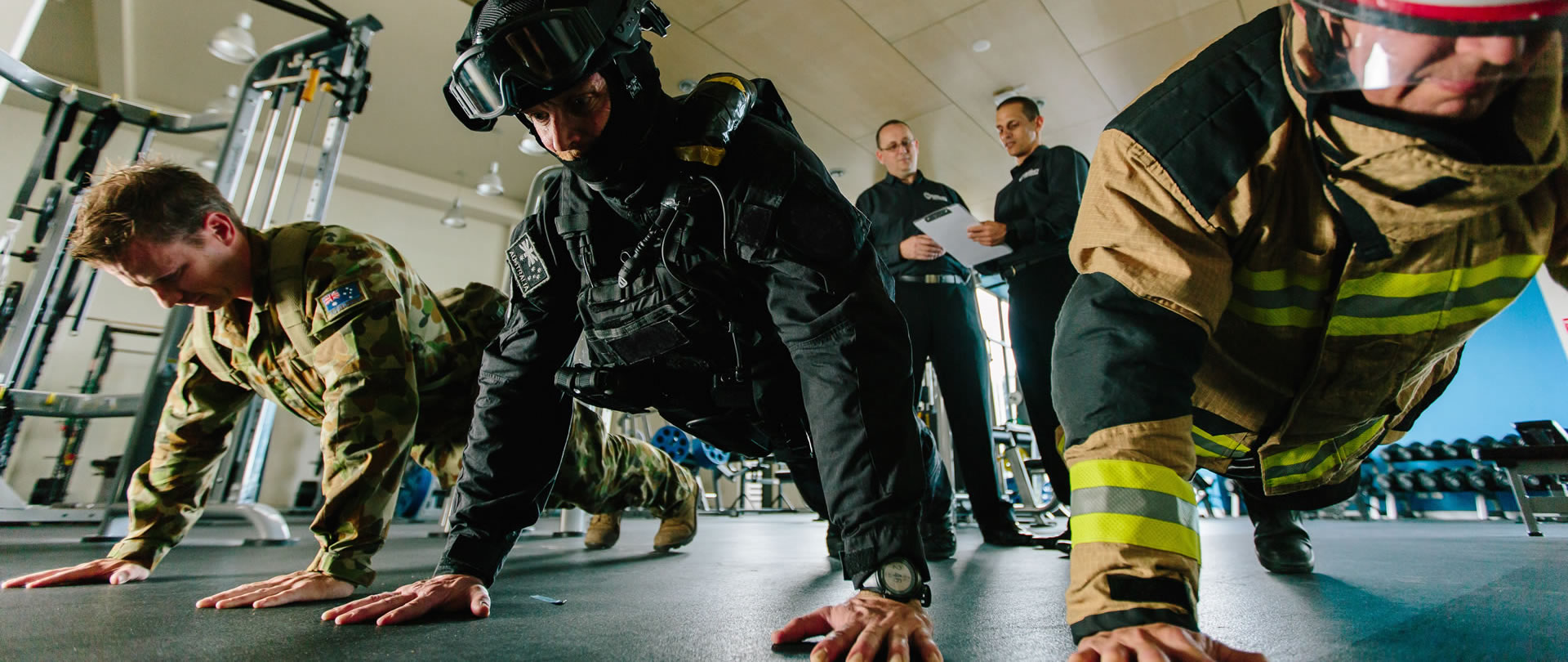New article alert!
Association of Sex-Related Differences in Body Composition to Change of Direction Speed in Police Officers While Carrying Load
ABSTRACT:
Regardless of sex or body size, police tasks may require officers to change direction speed (CODS) under occupational loads. The purpose of this study was to investigate body composition and CODS in female and male police cadets in both unloaded and occupationally loaded conditions. Body composition and CODS of 51 female (FPC) and 70 male police cadets (MPC) were assessed. Six body composition indices were used: Body mass index (BMI), percent body fat (PBF), percent of skeletal muscle mass (PSMM), protein fat index (PFI), index of hypokinesia (IH), and skeletal muscle mass index (SMMI). The CODS was assessed by Illinois Agility Test (IAT) and IAT while carrying a 10-kg load (LIAT). An independent sample t-test was used to identify the differences between the sexes. The regression determined associations between body composition and LIAT. The alpha level was set at p < 0.05 a priori. MPC had significantly higher (p < 0.001) BMI, PSMM, PFI and SMMI and lower PBF and IH than FPC. MPC were also faster in IAT and LIAT, carrying lower relative loads that imparted less of an impact on CODS performance. Body composition was strongly associated with the time to complete LIAT (R2 = 0.671, p < 0.001). Difference in relative load and body composition influenced CODS performance in both unloaded and loaded conditions. Thus, optimizing body composition through increasing skeletal muscle mass and reducing fat mass could positively influence unloaded and loaded CODS performance and improve elements of police task performance.
URL: https://scielo.conicyt.cl/scielo.php?pid=S0717-95022020000300731&script=sci_arttext&tlng=n


